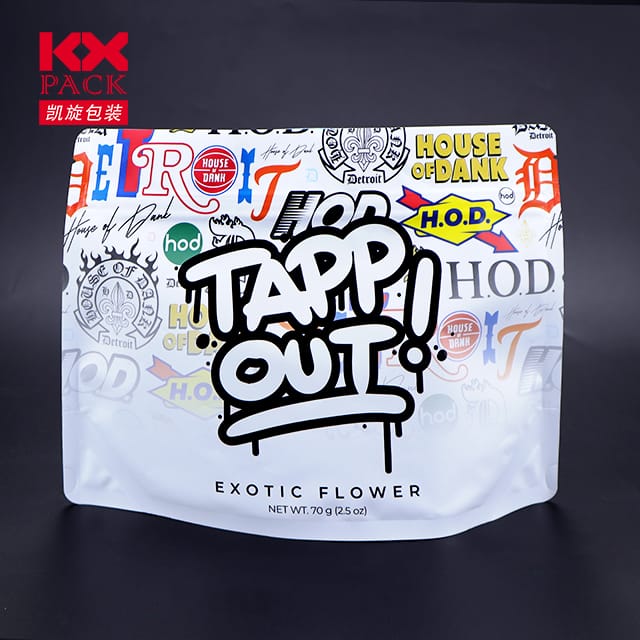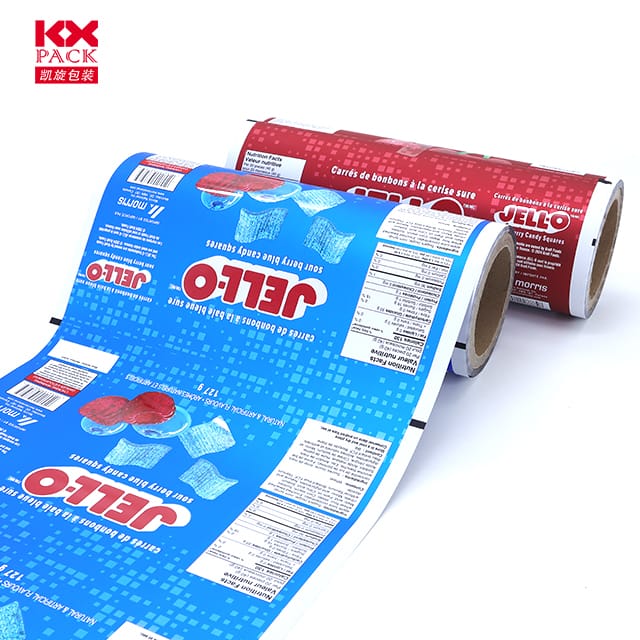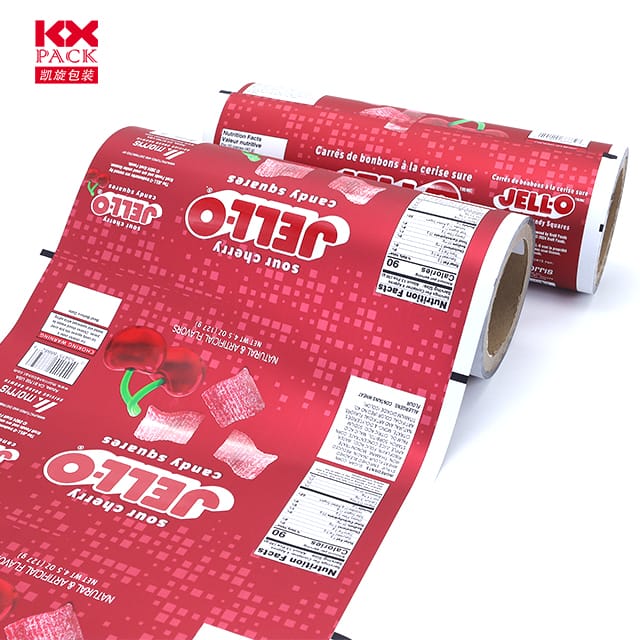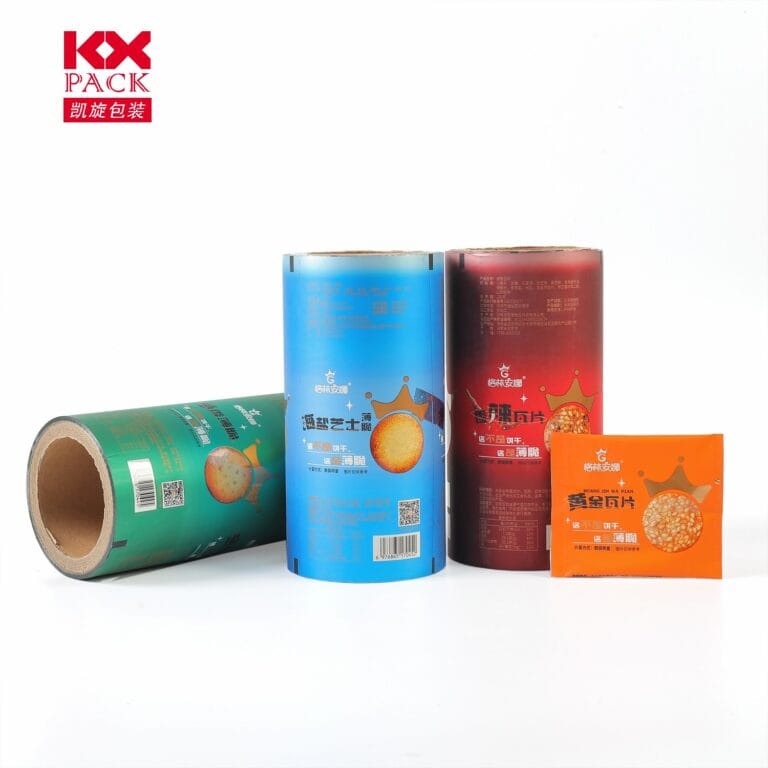Das zweischneidigende Schwert Plastikfilms zum Wickeln: Komfort vs. Umweltauswirkungen (3)
Plastikfilm zum Wickeln
Plastic film is ubiquitous in our lives. Von Lebensmittelgeschäften bis hin zu Versandlagern, Dieses vielseitige Material wickelt, schützt, und bewahrt alles von frischen Produkten bis zu zerbrechlicher Elektronik. Aber mit zunehmender Umweltbedenken wachsen, Die Frage droht: Können wir die Bequemlichkeit des Plastikfilms mit der dringenden Notwendigkeit in Einklang bringen, Plastikmüll zu reduzieren?? Let’s unpack the role of plastic film in modern life and explore sustainable alternatives.
Why Plastic Film Dominates Packaging
- Vielseitigkeit & Kosteneffizienz
Plastikfilm zum Wickeln (like polyethylene, or PE) is lightweight, flexibel, and inexpensive to produce. It can be tailored for various uses—cling wrap, shrink wrap, bubble wrap, und mehr. - Barrier Protection
It shields products from moisture, Sauerstoff, und Verunreinigungen, extending shelf life and reducing food waste. Für Unternehmen, this means fewer losses and happier customers. - Transparency & Marketing Appeal
Clear plastic film allows products to be visible, enhancing retail appeal. For consumers, it provides a “see-before-you-buy” advantage.
Die Umweltmaut
- Non-Biodegradable: Traditional plastic film takes centuries to decompose, contributing to landfills and ocean pollution.
- Microplastics: As plastic breaks down, it releases microplastics that contaminate ecosystems and enter the food chain.
- CO2-Fußabdruck: Production relies on fossil fuels, Beitrag zu Treibhausgasemissionen.
Stat Alert: The Ellen MacArthur Foundation estimates that by 2050, plastic could outweigh fish in the ocean.
Innovative Solutions & Alternatives
- Biologisch abbaubar & Kompostierbare Folien
- PLA (Polylactic Acid): Derived from corn starch or sugarcane, it decomposes in industrial composting facilities.
- Pha (Polyhydroxyalkanoates): A biodegradable plastic produced by microbial fermentation.
- Plant-Based Films
Materials like Zellulose (from wood pulp) oder agar (from seaweed) offer compostable, non-toxic options. - Wiederverwendbar & Recyclable Systems
- Bienenwachs -Wraps: A natural, washable alternative to cling film.
- Silicon Lids: Durable covers for bowls and containers.
- Returnable Packaging: Some companies are trialing reusable plastic crates or containers.
- Chemisches Recycling
Emerging technologies break down plastic polymers into raw materials, enabling circular production.
How You Can Make a Difference
- Reduzieren: Opt for loose produce, buy in bulk, or choose products with minimal packaging.
- Wiederverwendung: Repurpose plastic film for tasks like covering leftovers or protecting plants.
- Recyceln: Check local guidelines—some regions accept clean plastic film for recycling.
- Support Eco-Brands: Patronize companies using compostable or recycled materials.
The Future of Plastic Film
While Plastikfilm zum Wickeln isn’t going away overnight, progress is underway. Governments are enforcing stricter regulations (Z.B., the EU’s Single-Use Plastics Directive), and industries are investing in greener alternatives. Consumers, zu, hold power—by demanding sustainability, we push the market toward innovation.
Letzte Gedanken
Plastikfilm zum Wickeln has revolutionized packaging, but its environmental cost is undeniable. By embracing alternatives, recycling wisely, and supporting eco-conscious brands, we can mitigate its impact. Let’s strive for a future where convenience and sustainability aren’t mutually exclusive.
💡Für die Spitze: When recycling plastic film, ensure it’s clean and dry to avoid contamination.
What’s your strategy for reducing plastic film use? Share your tips in the comments!
Schlüsselwörter: plastic film for wrapping, nachhaltige Verpackung, biodegradable plastic film, compostable alternatives, reduce plastic waste, eco-friendly packaging solutions







